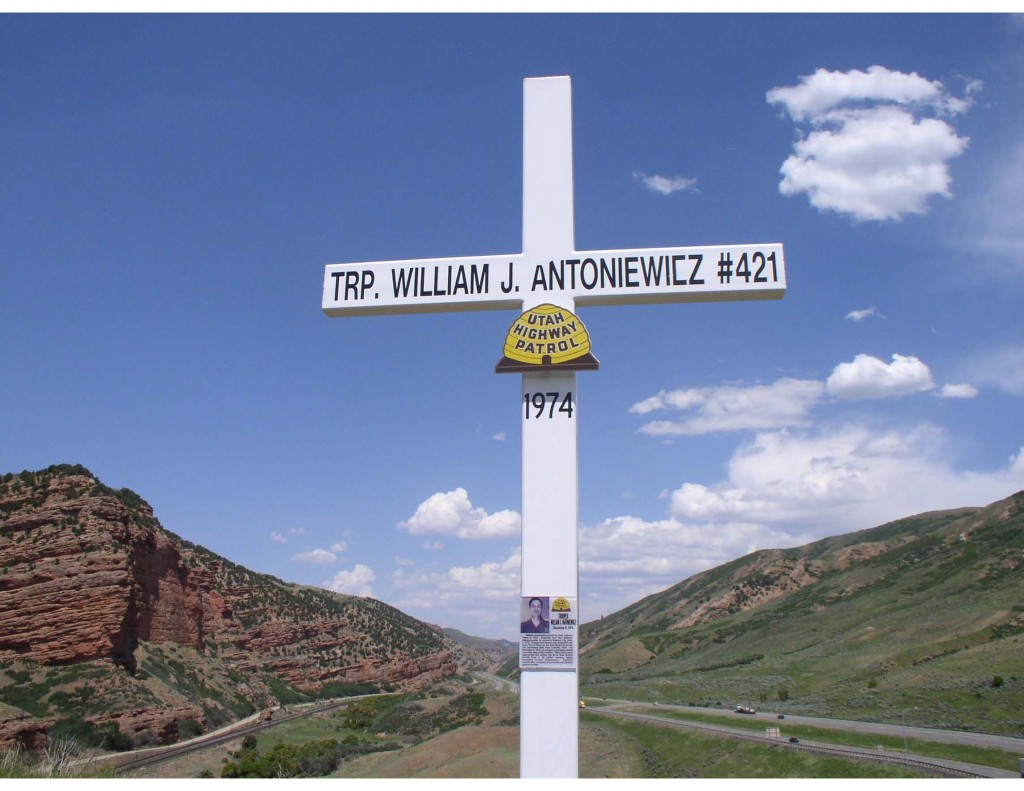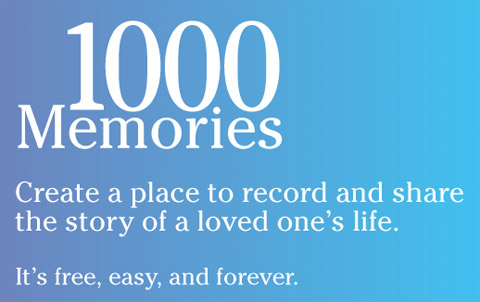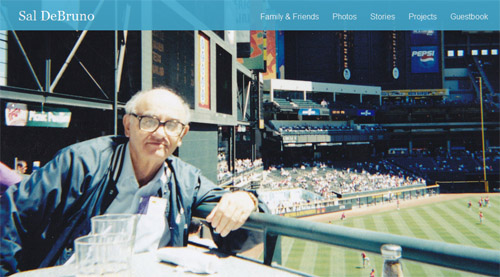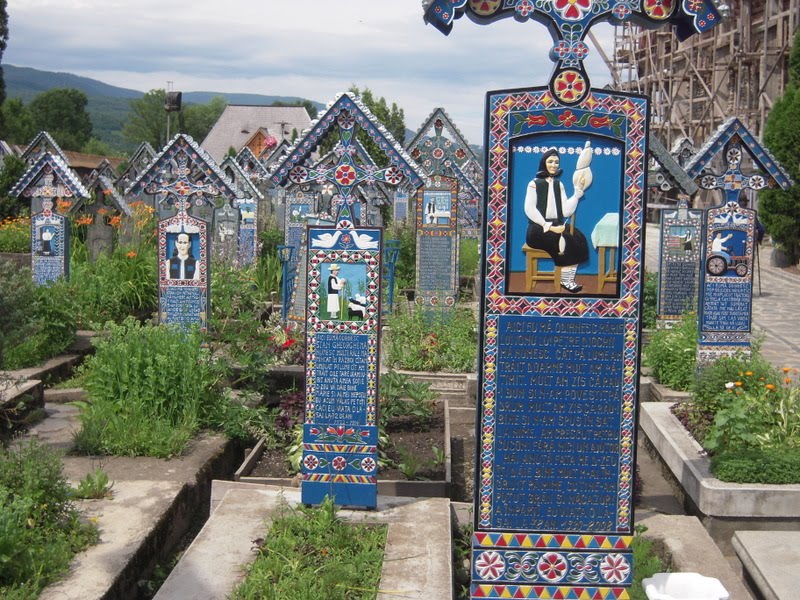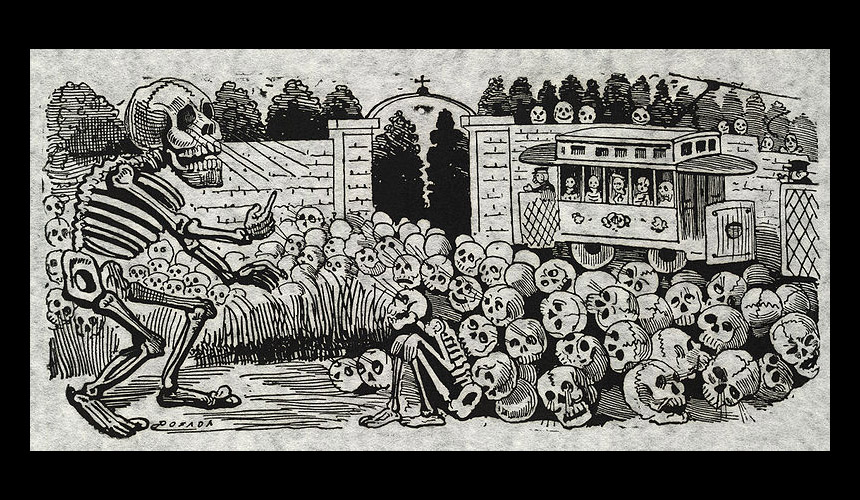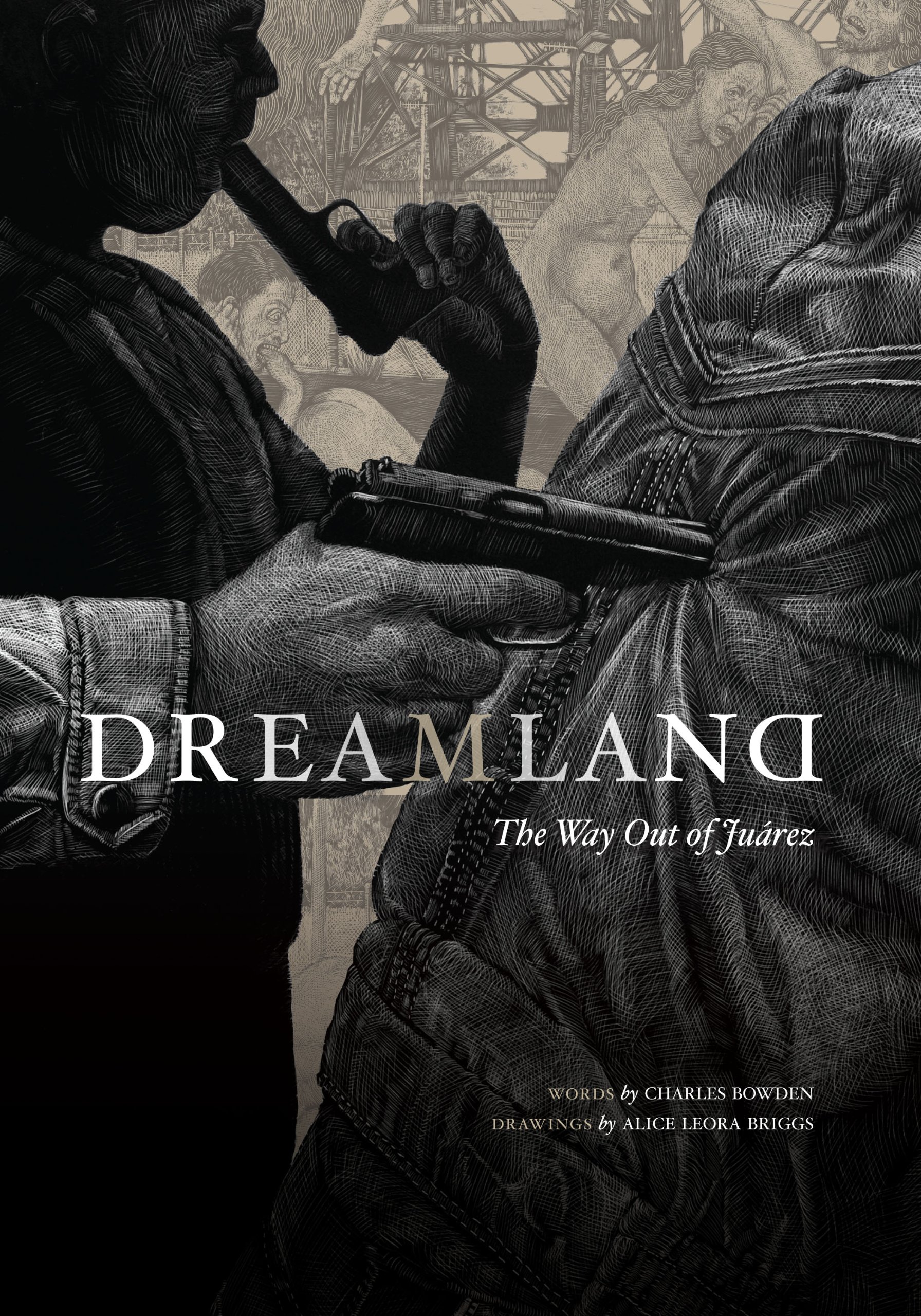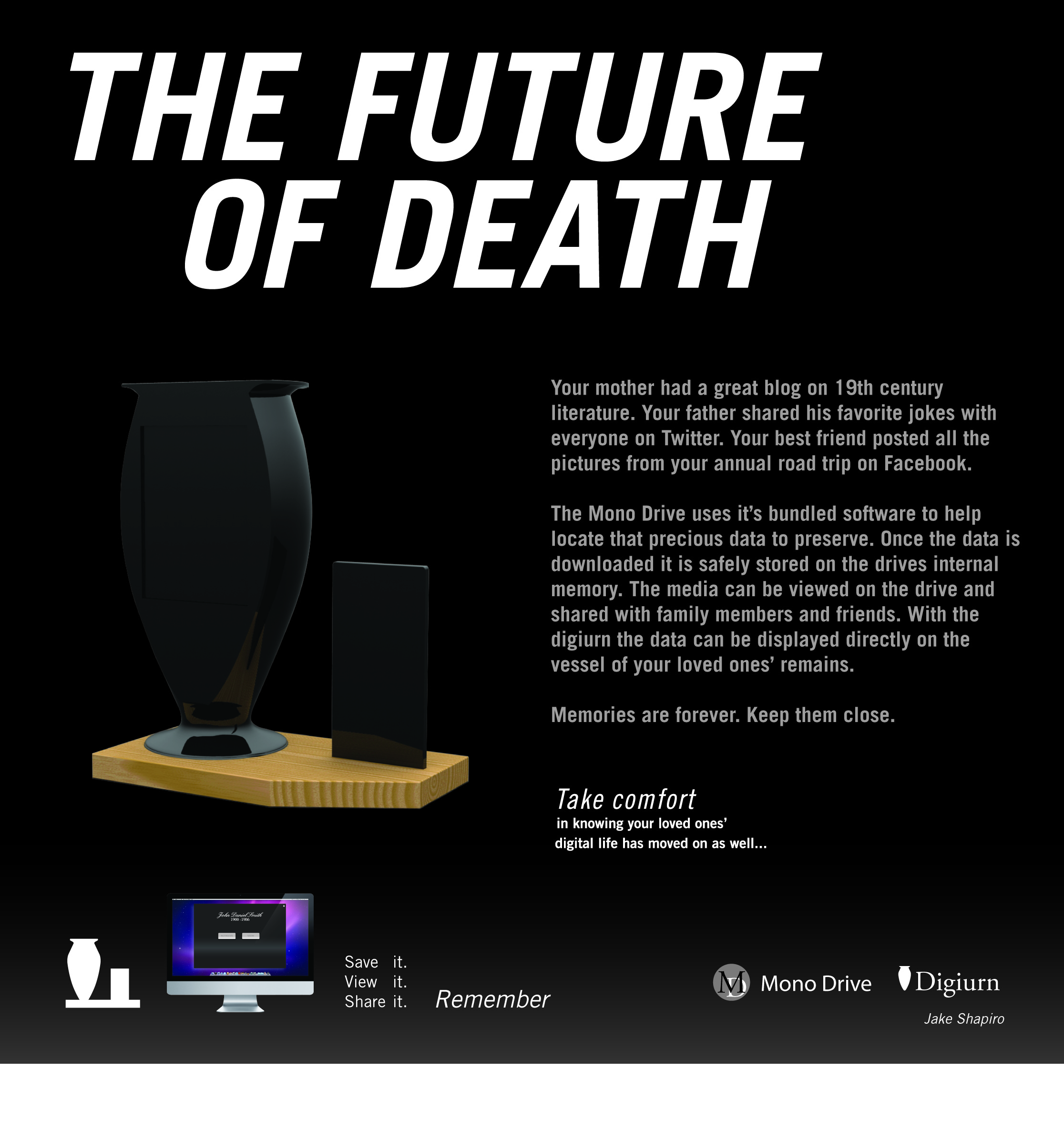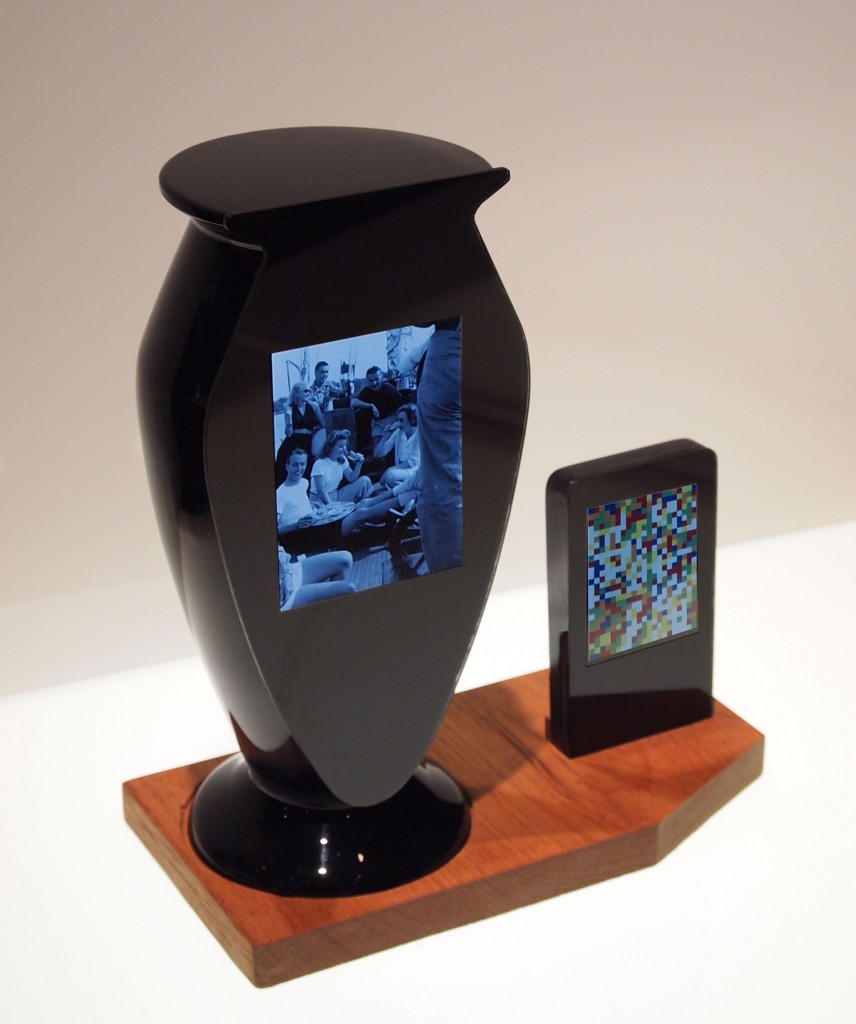Tenth Circuit: Utah Highway Crosses Violate Establishment Clause
Clifford M. Marks, Wall Street Journal Law Blog (August 19, 2010)
Roadside memorials involving religious symbols — invariably Christian crosses — have long caused controversy regarding their legality with the Establishment Clause of the First Amendment, also known as the separation of church and state. Because roads are managed by state and local governments, detractors argue that planting crosses implies a state endorsement of religion or particular religions. A 2007 district court ruling disagreed, claiming that “crosses merely [send] a secular message about death.”
This ruling was reversed on Wednesday in a federal appeals court with a case about roadside crosses for deceased Utah highway troopers — an apparent state-endorsement of religion double whammy (government employees on government property being commemorated with Christian crosses, unlike arguably slightly less controversial cases involving private citizens doing the same).
As the WSJ Law blog states, the judges held that “a ‘reasonable observer’ could conclude that the presence of the crosses amounted to a state-endorsement of Christianity” and further that
“This may lead the reasonable observer to fear that Christians are likely to receive preferential treatment from the [Utah Highway Patrol],” the judges wrote, adding elsewhere in the opinion that “unlike Christmas, which has been widely embraced as a secular holiday. . . . there is no evidence in this case that the cross has been widely embraced by non-Christians as a secular symbol of death.”
Check out the full tenth circuit court opinion (pdf).
Those who have been paying any attention at all, willingly or not, to the vitriol around present-day religion in America can be sure this won’t be the end of this and similar cases.
